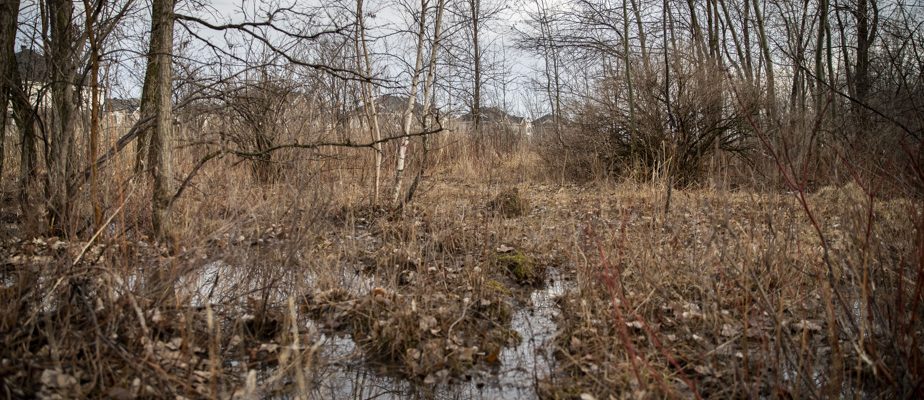Quebec has one of the best records in the country when it comes to protecting its territory, according to a report by the Society for Nature and Parks in Canada (SNAP). However, several provinces are dragging their feet and jeopardizing the chances of reaching the target of protecting 30% of Canadian territory by 2030.
Quebec among the top of the class

PHOTO DAVID BOILY, LA PRESSE ARCHIVES
Almost all of the critical habitat of woodland caribou in Quebec is not effectively protected, Minister Steven Guilbeault recently decreed.
Quebec (A-) is among the first in class in Canada, according to the latest report from the Society for Nature and Parks (SNAP). The body says the province has made “significant progress” since its last report card published in 2021. Although protected area area has remained the same for two years, at 16.8%, the report notes that Quebec reiterated its commitment to protect 30% of its territory by 2030 and pledged to protect 50% of the northern territory. The Legault government also announced an investment of 650 million last December to enable it to achieve its objectives.
The good students

PHOTO SARAH MONGEAU-BIRKETT, LA PRESSE ARCHIVES
Panoramic view of glaciers in Kluane National Park, Yukon
British Columbia (C), Yukon (A-) and Nova Scotia (B) are also among the top performers in the country when it comes to land protection. The Yukon shows the best progress with a 7.5% increase in its area of protected areas since 2021. In British Columbia, the increase is minimal, but the province has committed in 2022 to protect 30% of its territory by 2030. Nova Scotia has created 15 new protected areas and is committed to protecting 20% of its territory by 2030. “In some [provinces ou certains territoires]the work has progressed even if, overall, Canada has not made much progress,” notes Alain Branchaud, Executive Director of CPAWS Quebec.
In the middle of the pack

PHOTO PROVIDED BY PARKS CANADA
Plateau south of Ramah Bay in Torngat Mountains National Park, one of the few protected areas in Newfoundland and Labrador
New Brunswick (B-) doubled its area of protected areas in 2022 and committed to unveiling its 2030 target by 2024. Manitoba (C-) has made no progress and is still stagnating at 11% protected areas. The province has no quantified objective, as in Quebec, for example. Despite committing to creating new protected areas, the province of Newfoundland (E) is still stagnating, as is the Northwest Territories (B+). “The average grade in Canada is a C. We deserve better than a C, we have to increase that,” says Alain Branchaud, especially since Canada has committed to protecting 30% of its territory by 2030. .
The dunces of the class

PHOTO ALAIN ROBERGE, LA PRESSE ARCHIVES
Aerial view of the Athabasca River near Fort McMurray, Alberta. Several areas of the territory around Lake Athabasca and the river of the same name were to be protected by 2020, but the current government has reversed its initial commitment.
Although the province is ranked 5e ranking in Canada with 15.4% of its territory protected, the progress of Alberta (C-) is described as “relative” by CPAWS. “Despite excellent opportunities and broad public support for conservation, the Alberta government continues to avoid protecting its bountiful nature and has no active commitment to conservation goals,” the report said. In Ontario (E), the organization criticizes the government’s approach “which favors development” while diminishing environmental protections. Saskatchewan (D), meanwhile, is still aiming to hit the 12% target set 30 years ago.
Canada halfway to its goals

Overall, Canada currently protects 13.5% of its land territory and 14.7% of its marine environments. Canada has made several commitments over the past year, notes CPAWS. These will nevertheless have to materialize in order to reach the objective of 30% protected areas by 2030. As it is the provinces that determine the land areas to be protected, “the federal government does not completely have both hands on the steering wheel,” points out Alain Branchaud. The situation is different for marine areas, where Ottawa has more leeway to achieve the 30% target there as well.
